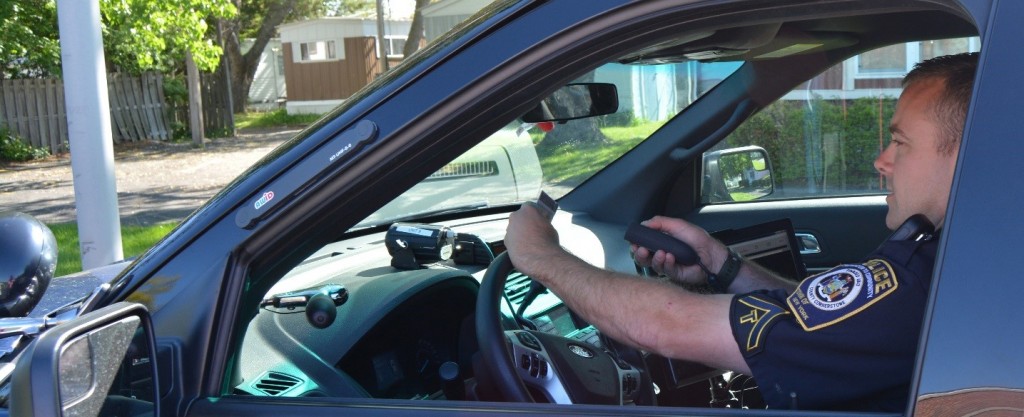- The first recorded traffic accident took place in 1891, when driver James Lambert hit the root of a tree, causing him to swerve, lose control of his vehicle, and crash into a hitching post.
- Five years later, in 1896, pedestrian Bridget Driscoll was struck by a car and became the first traffic fatality.
- This same year (1896), the first speeding fine was issued to Walter Arnold for speeding 8 MPH in a 2 MPH zone.
- Another three years later came the first speeding arrest. New York City cab driver, Jacob German, was arrested for reaching the whopping speed of 12 MPH as he drove down Lexington Avenue!
- In 1904, the first paper traffic citation was issued to Harry Myers in Dayton, Ohio. Mr. Myers, like Mr. German, was racing down the street at 12 MPH. His fine? $10.
Fast forwarding 100+ years:
1. We are seeing reports of over 5.5 million traffic accidents every year
2. Over 41 million speeding tickets issued
Long gone are the days of 12 MPH record speeds. The fastest drivers of today are being caught at speeds of 200+ MPH and facing tickets of thousands of dollars. In some record-breaking instances, European speeding tickets have been issued for over 600,000 euros – or almost $1 million U.S. dollars!
For more, visit the National Highway Traffic Administration website.
In the United States:
Well over $6 billion is generated from speeding tickets each year.
But the alarming news for municipalities is that:
10-15% of handwritten tickets are dismissed due to illegibility.
When you look at these stats in terms of dollars and cents, millions of dollars are becoming lost revenue.
The handwritten citation process is flawed in several ways.
- Delays
First comes a delay in which data is transmitted to the courts –as much as 6 or more days in many cases, and even up to 6 months to reach state level courts! There is also the likelihood that law enforcement agencies will not have access to critical crash and traffic citation data for up to a year. Basically, what happens is that there are many different systems out there (RMS, traffic, criminal, court adjudication, crash records, etc) that are not linked with one another, so it takes time and manpower to manually enter (and re-enter) the data in each system.
- Errors
Consider the manual steps of a handwritten citation process. First, an Officer jots down notes and information from driver’s license, all while trying to maintain situational awareness for his/her safety. Then, back at the station, an administrative employee deciphers (possibly hard-to-read) handwriting. Finally, the administrative employee types the notes into system. When you take a minute to visualize these steps, it is no wonder that mistakes occur!
- Misspent Time
Sworn Officers are forced to spend time on paperwork, rather than time on patrol.
- Loss of Revenue
Referring back to the section on errors, consider what inevitably happens when an error-filled report reaches the court. Tickets are dismissed due to trivial mistakes and municipalities can kiss that revenue goodbye.
In a nutshell, an automated citation transfer process allows agencies to use data for pro-active policing in a timely manner.
Using a barcode scanner, such as the 4910LR Driver’s License Reader, data is automatically input from the driver’s license into the system. Other data can be collected via the 4910LR as well, including:
- Snapshots of the clocked speed
- Fingerprints
- Sketches
- Gray-scale images
- and more.
Once the officer approves the information, a citation is printed on the spot and issued to the defendant and the report is automatically transferred into the agency’s database. After supervisor approval, forms are transmitted to the Records Management System and other stakeholders, such as the DOT.
Here’s how it works:
Click to learn more about eCitation solutions.
- Fewer errors
- Greater efficiency/assets better utilized
- Increased time on patrol for officers
- Data is used for mapping, data visualization & predictive policing
When compared side by side, electronic citations outshine handwritten citations in more ways than one. If your agency and community could stand to benefit from electronic traffic citations, contact us today so we can answer your questions and help you with the next steps.
For more information, Click to visit our eCitation microsite:
Questions?
Call 800-830-9523 or
Email info@L-Tron.com








